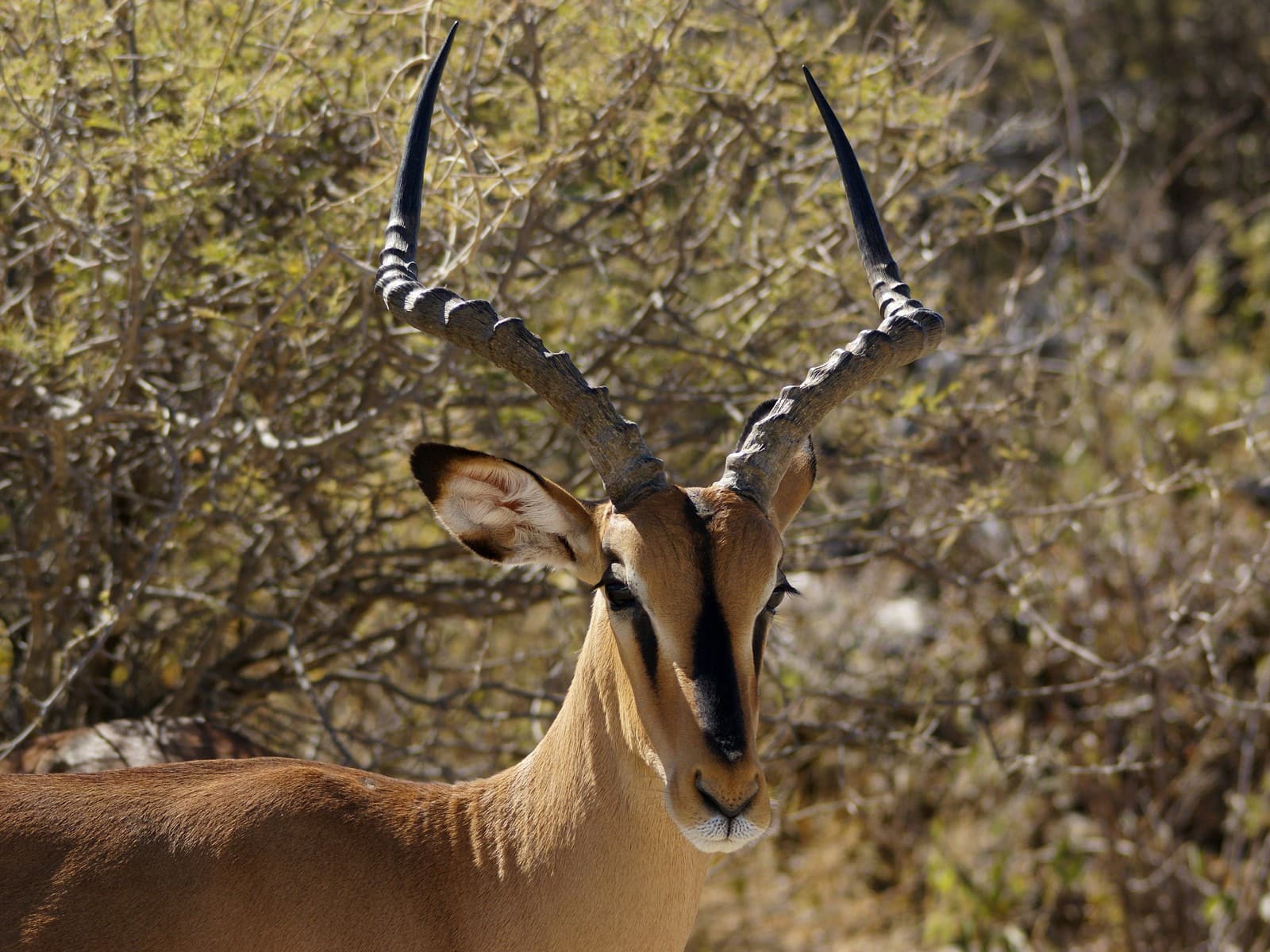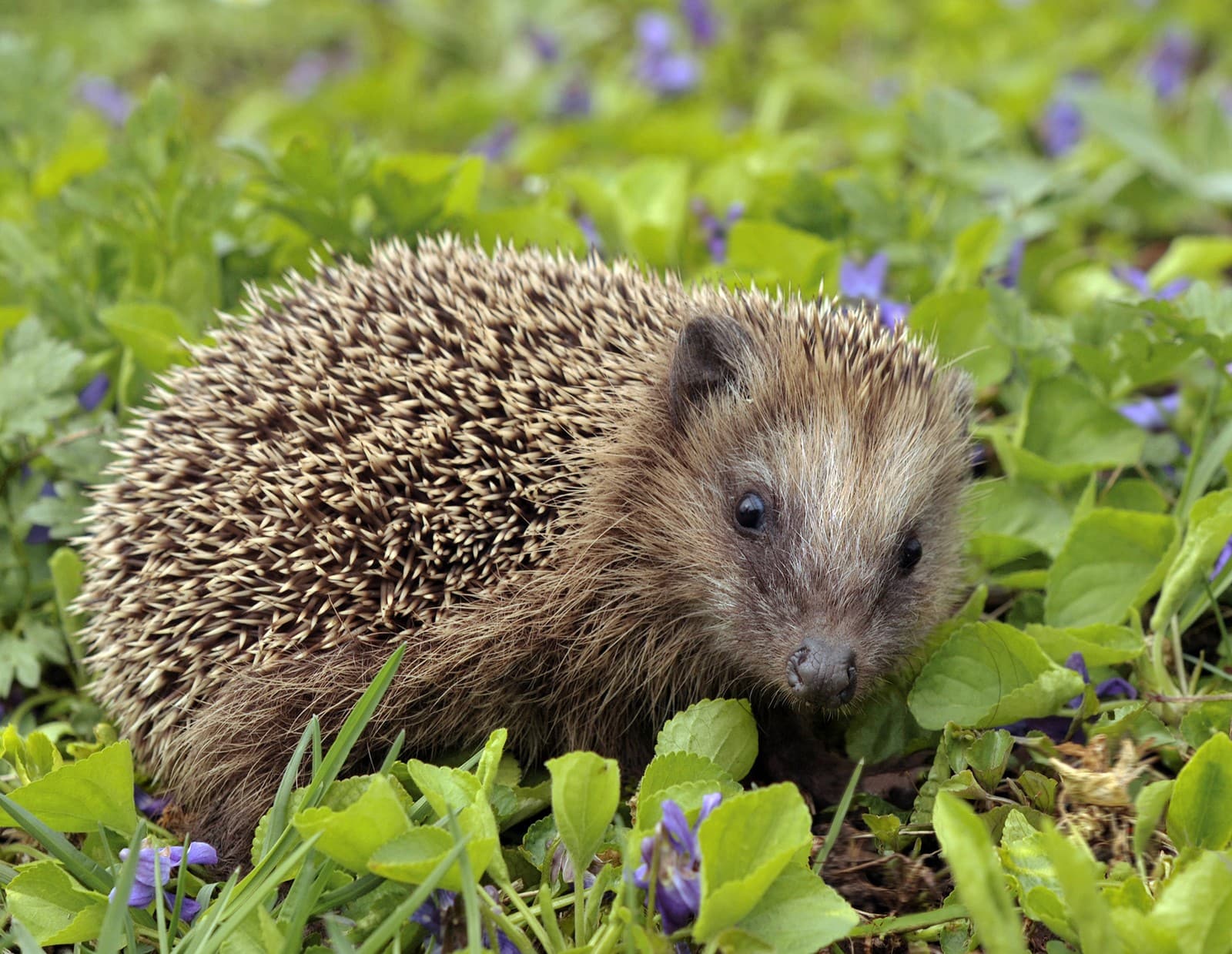Impala vs Gazelle: A Complete Comparison
When comparing Impala vs Gazelle, these graceful African antelopes share many characteristics but display distinct differences in size, behavior, and adaptation. Impalas are generally larger, with males weighing up to 168 pounds (76 kg), while most gazelle species, like the Thomson’s Gazelle, typically reach only 65 pounds (29 kg). Both belong to the Bovidae family but have evolved unique survival strategies for their specific habitats.
The most notable distinction between Impala and Gazelle lies in their jumping abilities and social structures. Impalas are famous for their extraordinary leaps, reaching heights of up to 10 feet (3 meters) and covering distances of 33 feet (10 meters) in a single bound. Gazelles, while also agile, are better known for their stotting behavior – a distinctive bouncing run used to signal fitness to predators.

© Hans Hillewaert / CC BY-SA 4.0
The Impala’s distinctive lyre-shaped horns and robust build set it apart from its gazelle cousins. Note the characteristic black markings on the face and ears, features that help distinguish it from various gazelle species.

© de:Benutzer:Frank Dickert / CC BY-SA 3.0
The Thomson’s Gazelle exemplifies typical gazelle characteristics with its lighter build, distinctive side stripe, and more delicate horns compared to the Impala. These adaptations suit its open plains habitat.
Key Differences Between Impala and Gazelle
| Feature | Impala | Gazelle |
|---|---|---|
| Size | 30-36 inches (75-92 cm) shoulder height | 20-43 inches (51-109 cm) varying by species |
| Weight | Males: 132-168 lbs (60-76 kg) Females: 88-110 lbs (40-50 kg) | Males: 26-165 lbs (12-75 kg) Females: 26-110 lbs (12-50 kg) |
| Habitat | Woodland-savanna mosaics | Open plains and semi-desert |
| Social Structure | Mixed herds of 10-100+ | Smaller herds of 5-20 |
| Jumping Ability | Up to 10 feet (3m) high | Up to 6 feet (1.8m) high |
| Distribution | Eastern and Southern Africa | Africa and Asia |
Habitat and Distribution
While both Impala and Gazelle thrive in African ecosystems, their preferred habitats differ significantly. Impalas favor woodland-savanna transitions, requiring access to both open grazing areas and cover from predators. Gazelles, particularly species like the Thomson’s and Grant’s, prefer open grasslands and semi-arid regions where their speed and endurance provide primary defense against predators.
Behavioral Differences
Social Structure
Impalas form complex social hierarchies with seasonal breeding herds that can exceed 100 individuals. During breeding season, territorial males establish and defend specific areas, while females move freely between territories. Gazelles typically maintain smaller, more stable groups, with territorial males defending a specific group of females year-round.
Feeding Habits
Both species are mixed feeders, but their preferences differ:
- Impalas: Browse and graze, adapting diet seasonally
- Gazelles: Primarily grazers, focusing on grasses and herbs
Survival Adaptations
Predator Defense
Both species employ different strategies when facing predators:
Impala defenses:
- Explosive jumping ability
- Complex alarm system
- Herd confusion tactics
Gazelle defenses:
- Stotting behavior
- Sustained high-speed running
- Excellent stamina
Who Would Win: Impala vs Gazelle
In a direct confrontation, the larger and more powerful Impala would likely dominate most gazelle species. Male Impalas possess several advantages:
- Greater body mass (up to 2.5 times heavier than some gazelle species)
- Longer, more robust horns
- More aggressive territorial behavior
- Superior jumping power
However, in terms of survival success, both species are equally well-adapted to their specific niches, with gazelles showing superior endurance and speed in open terrain.
Conservation Status
Both Impala and various gazelle species face similar conservation challenges:
- Habitat fragmentation
- Competition with livestock
- Climate change impacts
- Poaching pressure
Some gazelle species, particularly those adapted to specific regions, face greater extinction risks than the more adaptable Impala. Conservation efforts focus on habitat preservation and maintaining migration corridors for both species.













